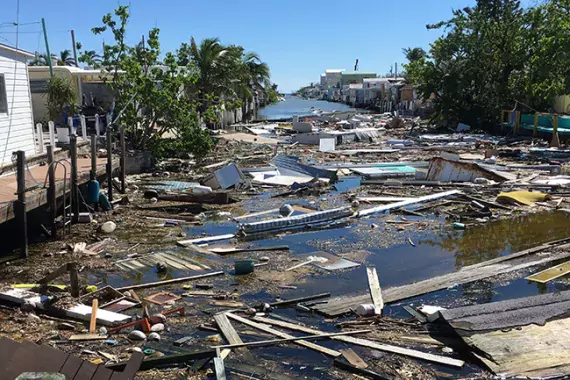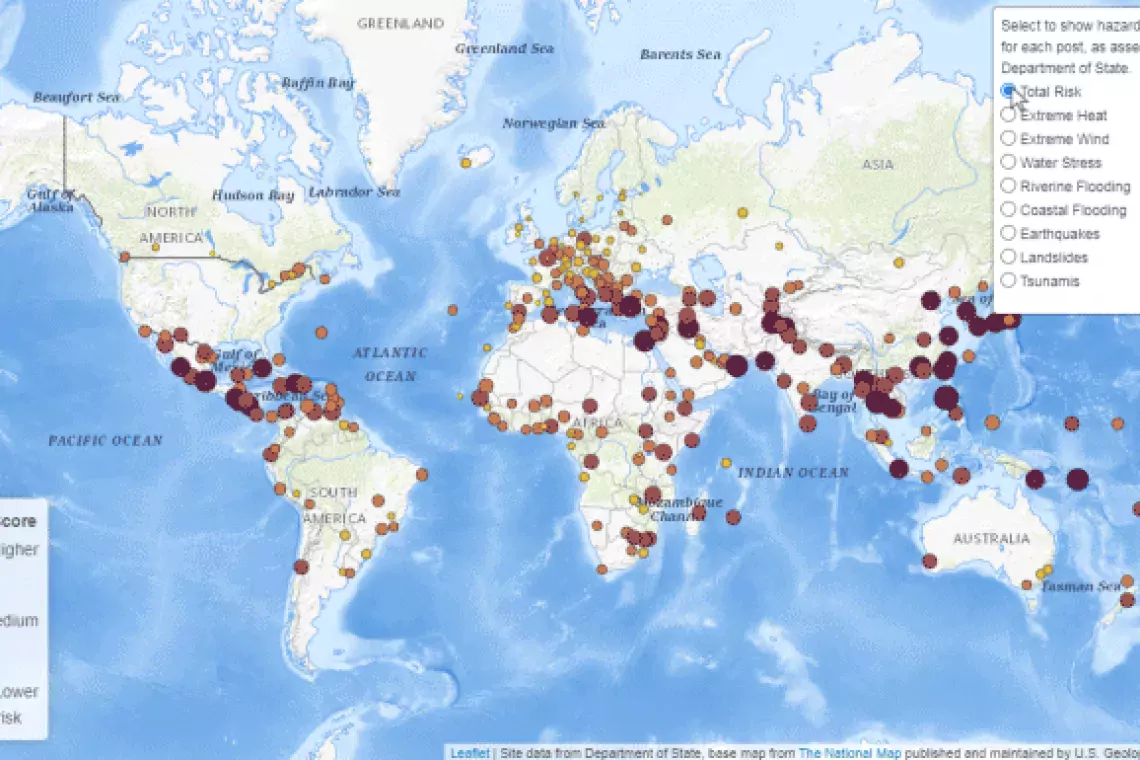Finding Common Ground on Flood Insurance Reform
As we enter the peak of hurricane season, many homeowners have wisely chosen to protect their properties by purchasing flood insurance.
However, the nation’s taxpayers remain largely unprotected as the National Flood Insurance Program (NFIP) is poised to continue to take on more debt.
Today’s WatchBlog looks at the nation’s flood insurance program, and what could be done to fix it.
How we got here
Congress created NFIP in 1968 with 2 competing goals: keeping flood insurance affordable and the program fiscally solvent. However, a historical focus on affordability has come at the expense of solvency.
In particular, Congress has required the program to charge discounted premium rates to many policyholders, even though these rates do not reflect the full risk of flood losses. This has led to a shortfall in revenue, and NFIP has not had sufficient funds to pay claims.
Additionally, because Congress has not appropriated funding to pay for this shortfall, NFIP has borrowed from the Treasury (i.e., taxpayers) to do so—to the tune of $36.5 billion since 2005. For these reasons, we placed NFIP on our High Risk List in 2006.
How we fix it
Our April 2017 report outlines a roadmap for comprehensive reform that could improve the program’s solvency and enhance the nation’s resilience to flood risk.
With NFIP’s authorization again set to expire in September 2019, Congress has another opportunity to make significant changes to the program.
One of the main challenges with reform is trying to bridge the seemingly unbridgeable divide of affordability versus solvency. We found that full-risk premium rates for all policies, with appropriated means-based subsidies, could help address this issue because:
- Full-risk premium rates would remove subsidies from those who don’t need them, helping improve solvency, and also more accurately signal the true flood risk to property owners.
- Means-based subsidies would ensure that property owners who need help will get it.
- Having Congress explicitly appropriate for the subsidies would make the true cost of the subsidy transparent to taxpayers.
While comprehensive reform of the program should also address the other issues we’ve identified, addressing the affordability/solvency trade-off could be an important first step to putting NFIP on a sustainable path, while protecting both policyholders and taxpayers.
Comments on GAO’s WatchBlog? Contact blog@gao.gov.
GAO Contacts
Related Products

GAO's mission is to provide Congress with fact-based, nonpartisan information that can help improve federal government performance and ensure accountability for the benefit of the American people. GAO launched its WatchBlog in January, 2014, as part of its continuing effort to reach its audiences—Congress and the American people—where they are currently looking for information.
The blog format allows GAO to provide a little more context about its work than it can offer on its other social media platforms. Posts will tie GAO work to current events and the news; show how GAO’s work is affecting agencies or legislation; highlight reports, testimonies, and issue areas where GAO does work; and provide information about GAO itself, among other things.
Please send any feedback on GAO's WatchBlog to blog@gao.gov.





